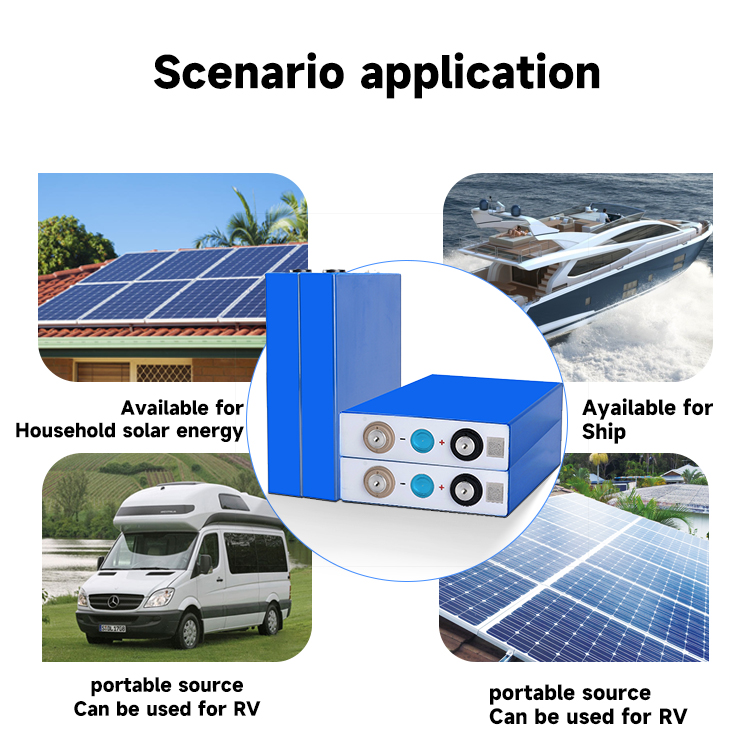

The charging speed of electric vehicles is closely related to the charger power, battery charging characteristics and temperature. Under the current level of battery technology, even fast charging takes 30 minutes to charge to 80% of the battery capacity. After 80% is exceeded, the charging current must be smaller to protect the safety of the battery, and the time to charge to 100% will be longer.
The charging speed of electric vehicles is closely related to the charger power, battery charging characteristics and temperature. Under the current level of battery technology, even fast charging takes 30 minutes to charge to 80% of the battery capacity. After 80% is exceeded, the charging current must be smaller to protect the safety of the battery, and it will take a longer time to charge to 100%. In addition, when the temperature is lower in winter, the battery requires less charging current and the charging time becomes longer.
Fast charging and slow charging of electric vehicles: Why are there two charging modes?
We understand that a car can have two charging interfaces. This is actually because there are two charging modes: constant voltage and constant current. Generally, constant current and then constant voltage are used, so that the charging efficiency is relatively high. The reason why fast charging is fast is due to the difference in charging voltage and current. The larger the current, the faster the charging. When it is almost full, switch to constant voltage, which can prevent the battery from overcharging and also protect the battery.
Fast vs. slow charging for electric vehicles: Why hasn’t fast charging replaced slow charging yet?
Low temperature lithium iron phosphate battery 3.2V 20A -20℃ charging, -40℃ 3C discharge capacity ≥70%
Charging temperature: -20~45℃ -Discharge temperature: -40~+55℃ -40℃ Support maximum discharge rate: 3C -40℃ 3C discharge capacity retention rate ≥70%
Click for details
The charging current and power of slow charging are relatively small, which is better for battery life, and the charging cost is low during low peak power consumption. Fast charging will use larger current and power, which will have a great impact on the battery pack and its lifespan. Fast charging also requires supporting equipment, such as converting AC to DC, which increases the cost.
Fast charging and slow charging of electric vehicles: What should you pay attention to when maintaining electric vehicles in winter?
At present, most vehicles use lithium-ion batteries. At lower temperatures, the performance of lithium-ion batteries will decline to varying degrees, which is manifested as smaller charging currents and discharge currents, and reduced battery capacity. In extreme cold conditions, it may even fail to charge. Driving a vehicle in winter will use warm air, which increases the vehicle's power consumption and reduces the vehicle's driving range.
When using an electric vehicle in winter, it is normal for the charging time to become longer and the vehicle's driving range to become shorter. During use, the vehicle should be charged immediately after it is stopped. The residual temperature of the battery can be used to charge faster; when planning a trip, full consideration should be given to the reduced driving range of the vehicle in winter.
The charging speed of electric vehicles is closely related to the charger power, battery charging characteristics and temperature. Under the current level of battery technology, even fast charging takes 30 minutes to charge to 80% of the battery capacity. After 80% is exceeded, the charging current must be smaller to protect the safety of the battery, and it will take a longer time to charge to 100%. In addition, when the temperature is lower in winter, the battery requires less charging current and the charging time becomes longer.
Low temperature and high energy density 18650 3350mAh-40℃ 0.5C discharge capacity ≥60%
Charging temperature: 0~45℃ Discharge temperature: -40~+55℃ Specific energy: 240Wh/kg -40℃ Discharge capacity retention rate: 0.5C Discharge capacity ≥ 60%
Click for details

Popular recommendation
1.5v Carbon battery.An alkaline battery charger circuit diagram
2023-10-09CR1625 battery.LG successfully developed the world's most efficient solar energy storage battery wit
2023-10-08502030 battery.Introduction to the recycling and processing process of dry batteries
2023-10-09CR2477 battery.The world's most advanced consumer-grade battery technology is here
2023-10-08AG4 battery.What should we pay attention to in the winding process of 18650 lithium ion battery?
2023-10-12521133 lipo battery.Analysis of the balanced charging principle of lithium-ion battery pack protecti
2023-10-08r03 battery!my country has made a breakthrough in solid-state lithium battery interface issues, prov
2023-10-0818650 battery 3500mah.Which one has better performance, polymer lithium battery or 18650 lithium bat
2023-10-13aaa battery!Share the detailed process and precautions of the lithium battery pack production proces
2023-10-08601248 lipo battery.Landsdowne Labs develops new materials to make swallowing button batteries no lo
2023-10-09cr2032 3v lithium battery.How to Use the Lithium Battery of a Sweeping Robot Correctly
2023-10-10Teach you to identify true and false button batteries
2022-06-18